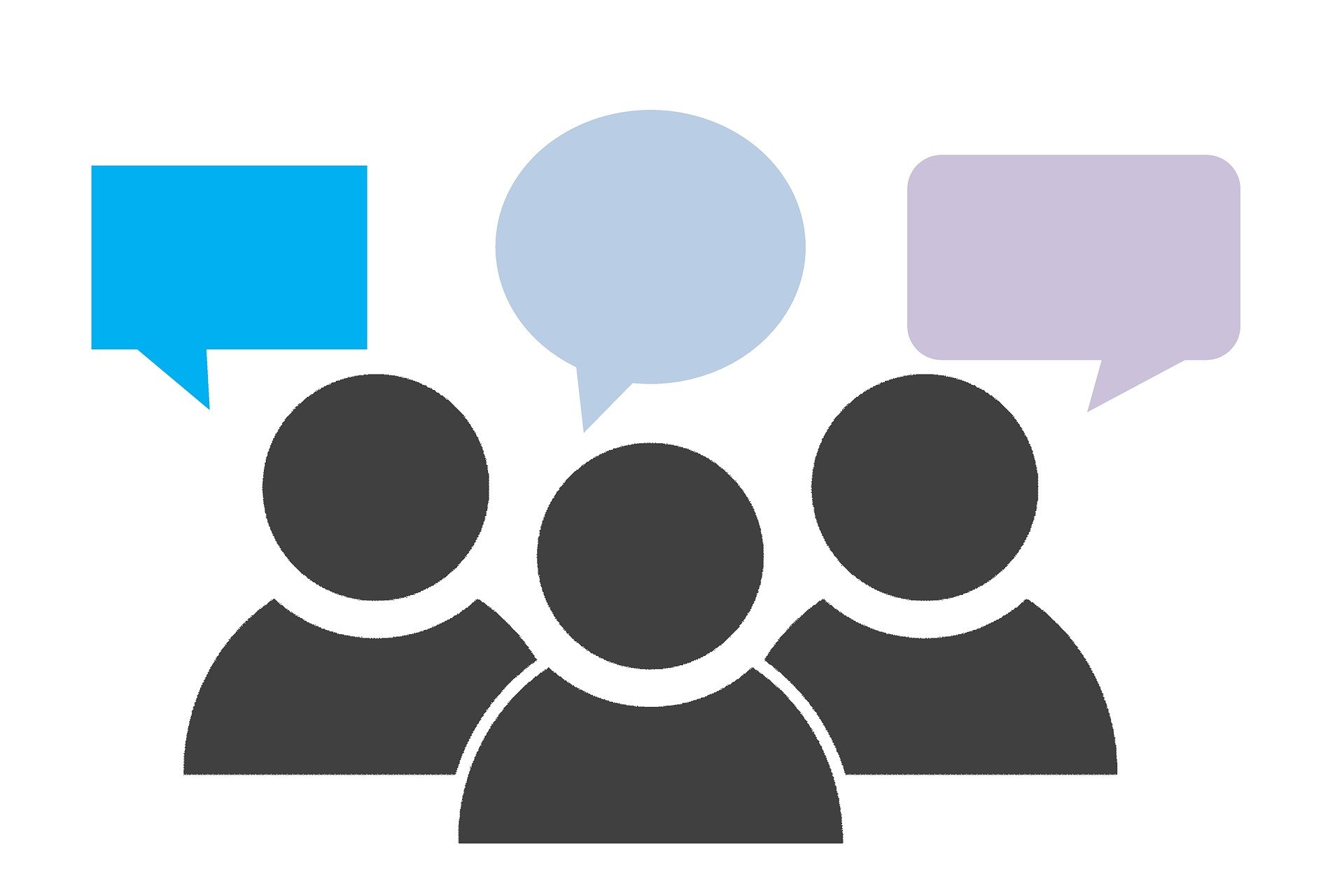Options for Ungrading: Peer Evaluation

If students aren’t used to doing good self-evaluations, they’re not any more prepared to do good peer-evaluation. Again, teaching students effective peer evaluation is a crucial part of their learning process. You may choose to have students give each other summative feedback, but in many if not most cases, formative feedback will be the preferred way for them to communicate with each other.
Laura Gibbs uses peer-evaluation extensively in her ungraded courses, and has assembled a useful collection of student-friendly resources on giving as well as receiving feedback.
A few highlights adapted from Gibbs’s collection:
When giving feedback to others, remember to make your comments/questions:
- Constructive—start with naming strengths, give feedback that can be used
- Specific—your peer should know what part of the work you’re looking at and what you think should be done there
- Sensitive—be honest but not harsh; respect others’ experience and expression
- Goal-focused—tie your comments back to course goals: what’s succeeding? What needs to be changed to move toward relevant goals?
When receiving feedback, think about these questions for your response:
- What opportunities have I just been shown for my work?
- What was affirmed in my work?
- What actions were recommended?
- How much did the feedback match my own sense of my work?
- What did I just learn about how my work comes across?
- How well does that match with how I want it to come across?
If you incorporate peer feedback into your course, knowing how to give and receive feedback could possibly be the single most important skill students learn with you. Give it attention, emphasis, and time to develop accordingly.